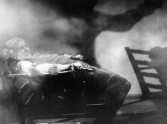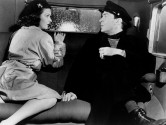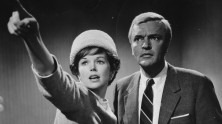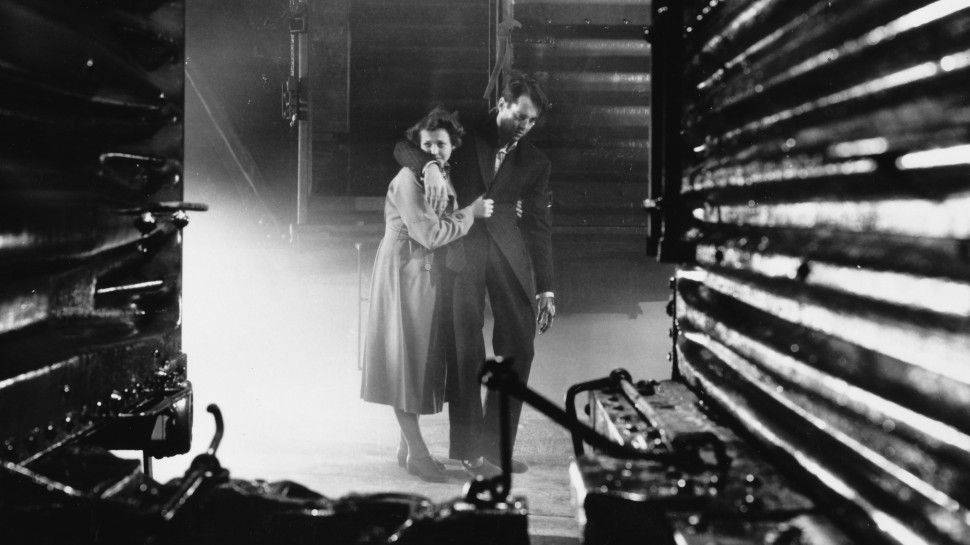
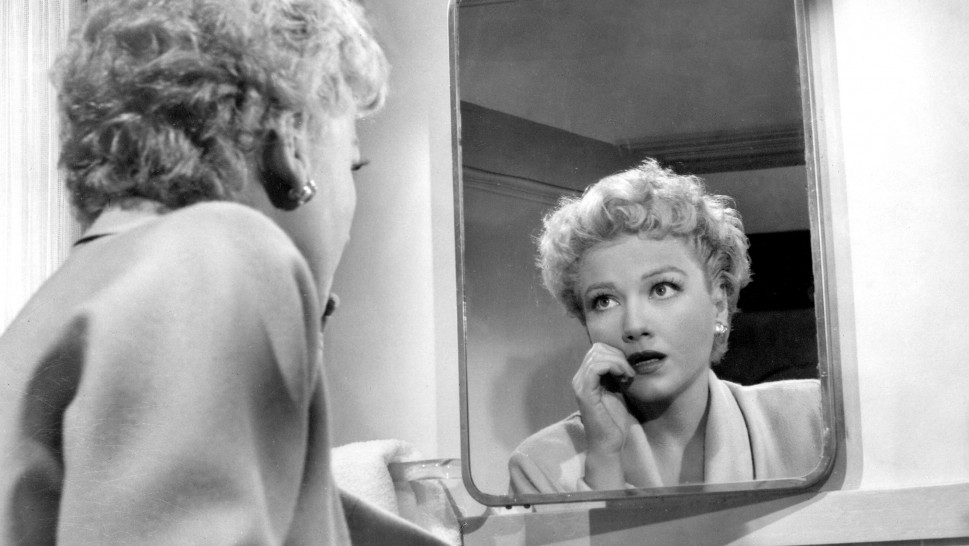
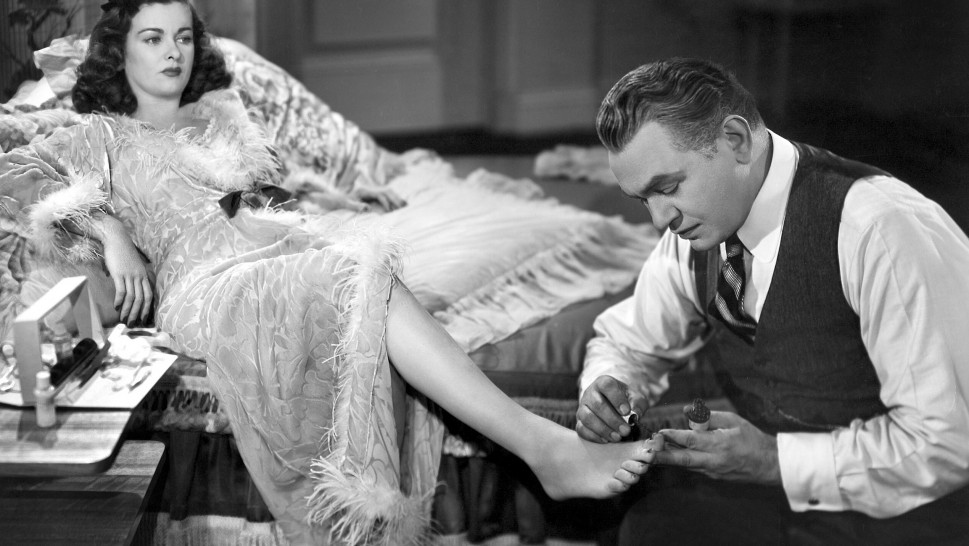
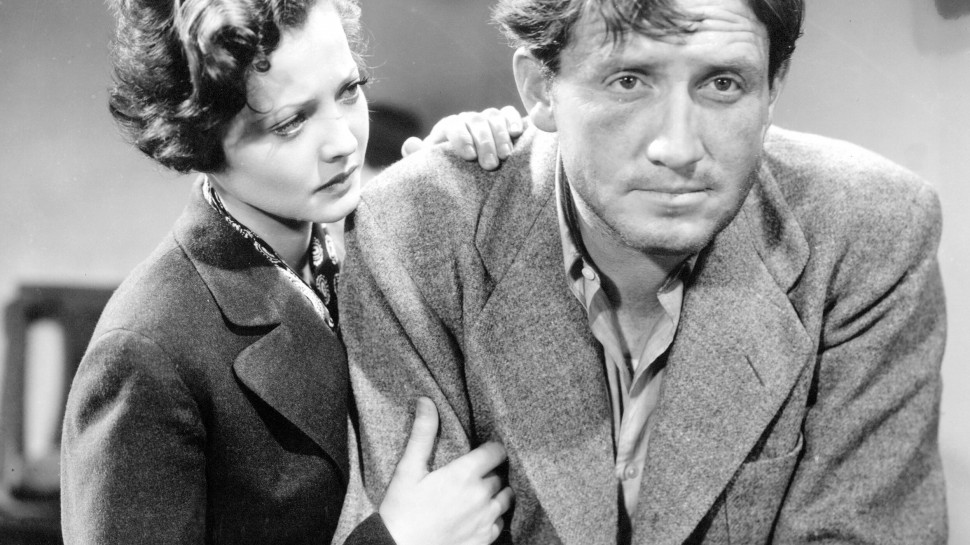
The Dark Worlds of Fritz Lang – Part Two
Soon after Hitler’s rise to power, Fritz Lang left Germany and settled in Hollywood. The second part of this series devoted to Lang’s career, curated by Harvard Professor of German Eric Rentschler, presents the last of the German works and an ample selection of the emigré director’s American films—works that prove every bit as resonant as the hallmarks of his Weimar-era output. In the Hollywood films, the central emphasis continues to be a vision of vision: a scrutiny of the relationship between how things look and what things mean. Lang’s American features pursue an elusive double strategy, appearing to play along with generic conventions even as they place spectators in an incessant position of uncertainty about what they are seeing. Undermining trust in the reliability of visual evidence, Lang’s images miscue viewers and lead them to hasty conclusions, just as the characters in his films—invariably people watching people—often fall prey to erroneous perceptions. This “tricky” cinema calls into question the authority of the camera in the very act of asserting its power. Even with ostensibly conventional genre fare, Lang’s Hollywood films explore dark worlds that are as haunting as they are deceptive.

